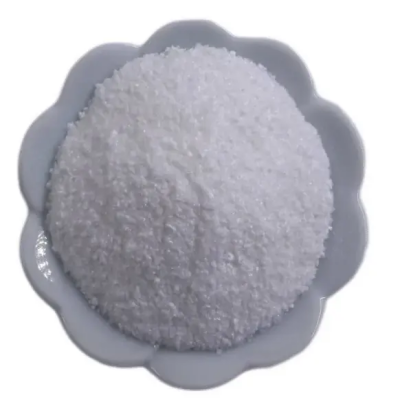N,N’-BIS(SALICYLIDENE)-1,3-PROPANEDIAMINE CAS:120-70-7
N,N'-Bis(salicylidene)-1,3-propanediamine (BSPDA) is synthesized through the condensation reaction of salicylaldehyde with 1,3-propanediamine. The resulting compound features two salicylidene groups connected by a propanediamine linker, which enables the formation of chelate complexes with transition metals. The presence of hydroxyl groups in the salicylidene units allows BSPDA to coordinate effectively through both phenolic oxygen atoms and the nitrogen atom of the diamine. The chelation capabilities of BSPDA are notable, as they lead to the formation of stable five-membered chelate rings with various metal ions like copper, nickel, and cobalt. This stability is crucial in catalytic applications, where metal complexes serve as catalysts in organic transformations such as cross-coupling reactions and polymerization processes. The tunable nature of BSPDA also permits modifications that can adjust the electronic properties of the resulting metal complexes, enhancing their catalytic efficiency. In addition to catalysis, BSPDA and its metal complexes exhibit interesting luminescent properties. When coordinated with specific metal ions, they can demonstrate enhanced photophysical characteristics, making them suitable candidates for applications in optoelectronics and sensors. These properties open up possibilities for developing new materials for light-emitting diodes (LEDs) and fluorescence-based detection systems. Furthermore, preliminary studies have indicated that BSPDA and its metal complexes may possess biological activities, including antibacterial and anticancer properties. This aspect makes BSPDA a promising candidate for drug design and development, highlighting its versatility across various domains of chemical and material science. Overall, N,N'-bis(salicylidene)-1,3-propanediamine represents a valuable tool in contemporary research and industrial applications.



| Composition | C17H18N2O2 |
| Assay | 99% |
| Appearance | white powder |
| CAS No. | 120-70-7 |
| Packing | Small and bulk |
| Shelf Life | 2 years |
| Storage | Store in cool and dry area |
| Certification | ISO. |







![(2S,5R)-Ethyl 5-[(benzyloxy)amino]piperidine-2-carboxylate oxalate CAS:1416134-48-9](https://cdn.globalso.com/xindaobiotech/SVQ81NGLP0IS9LPJB105.png)

